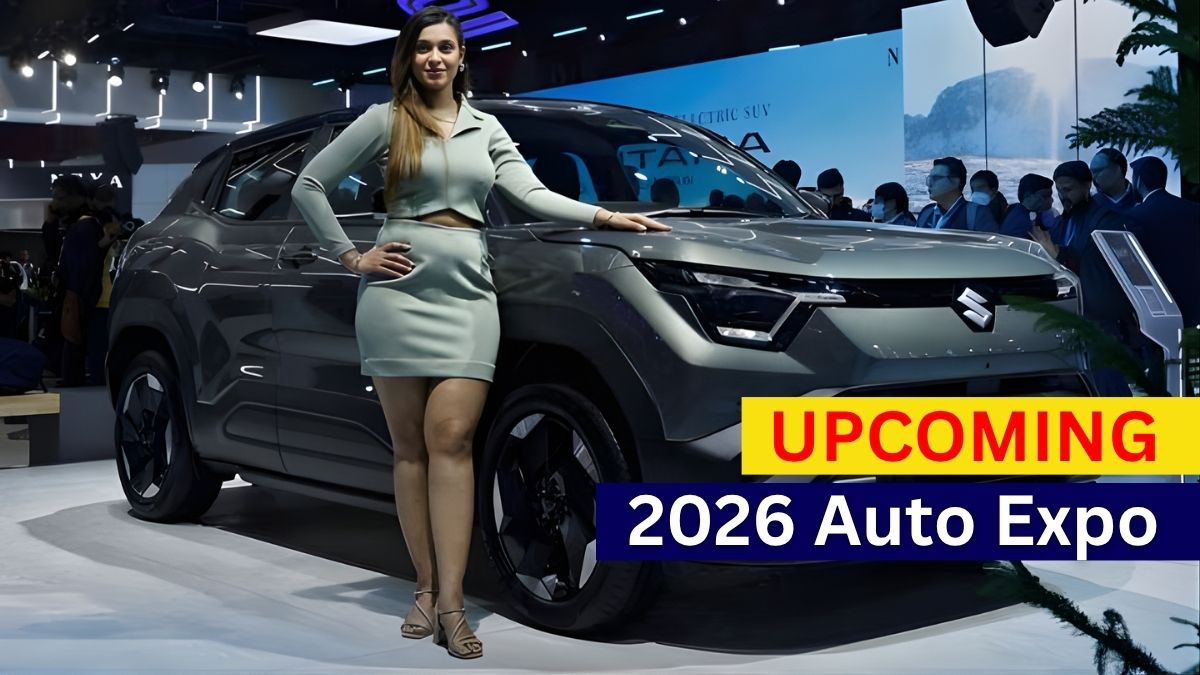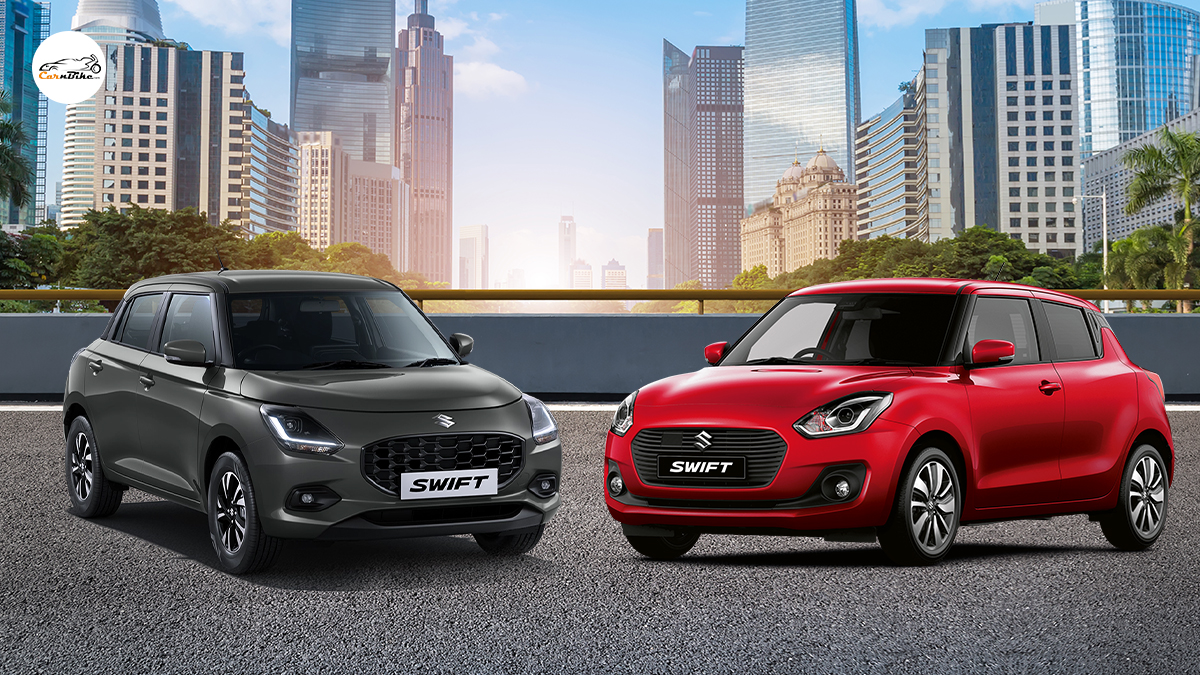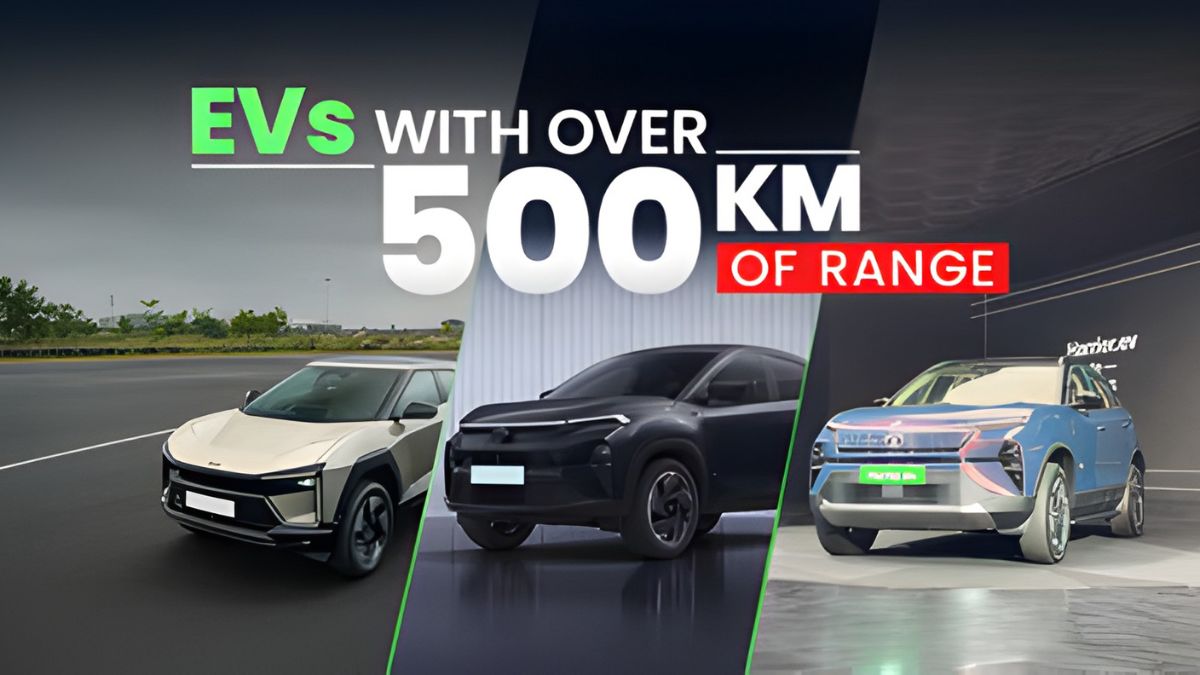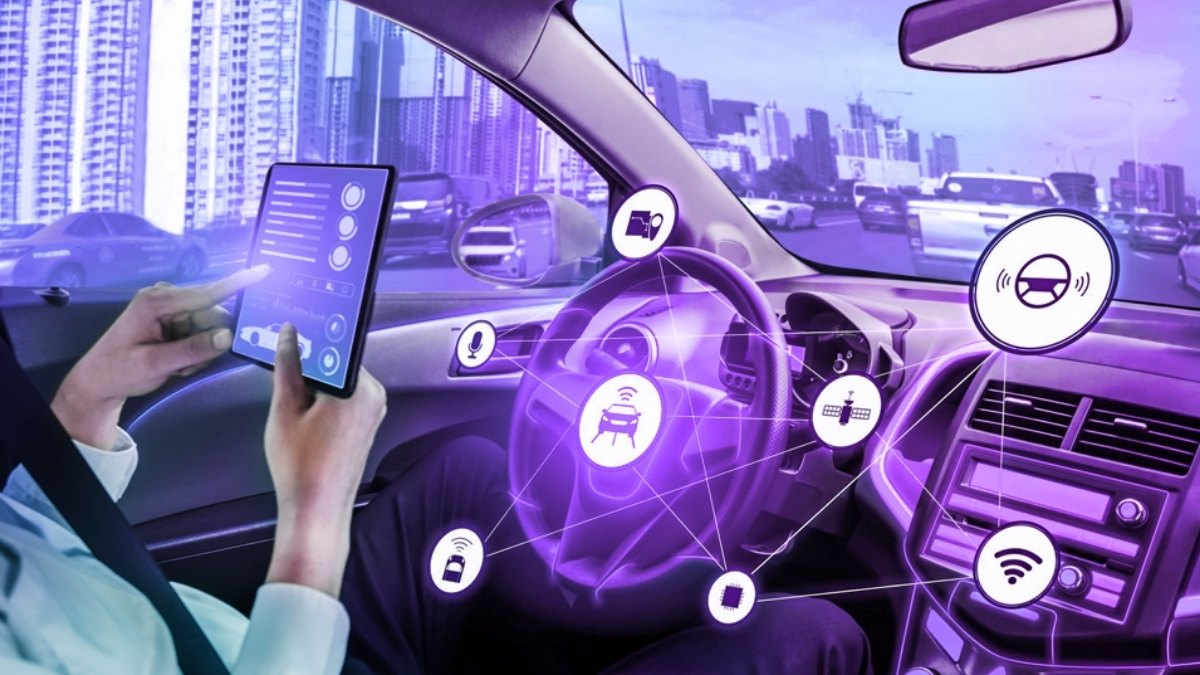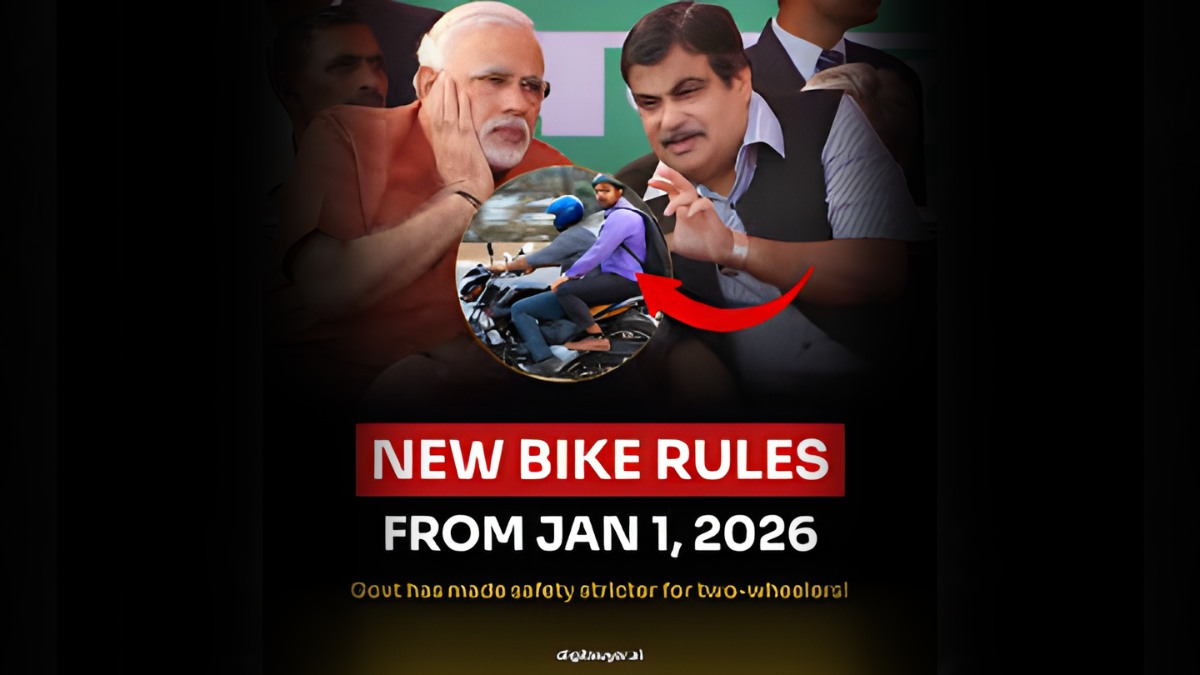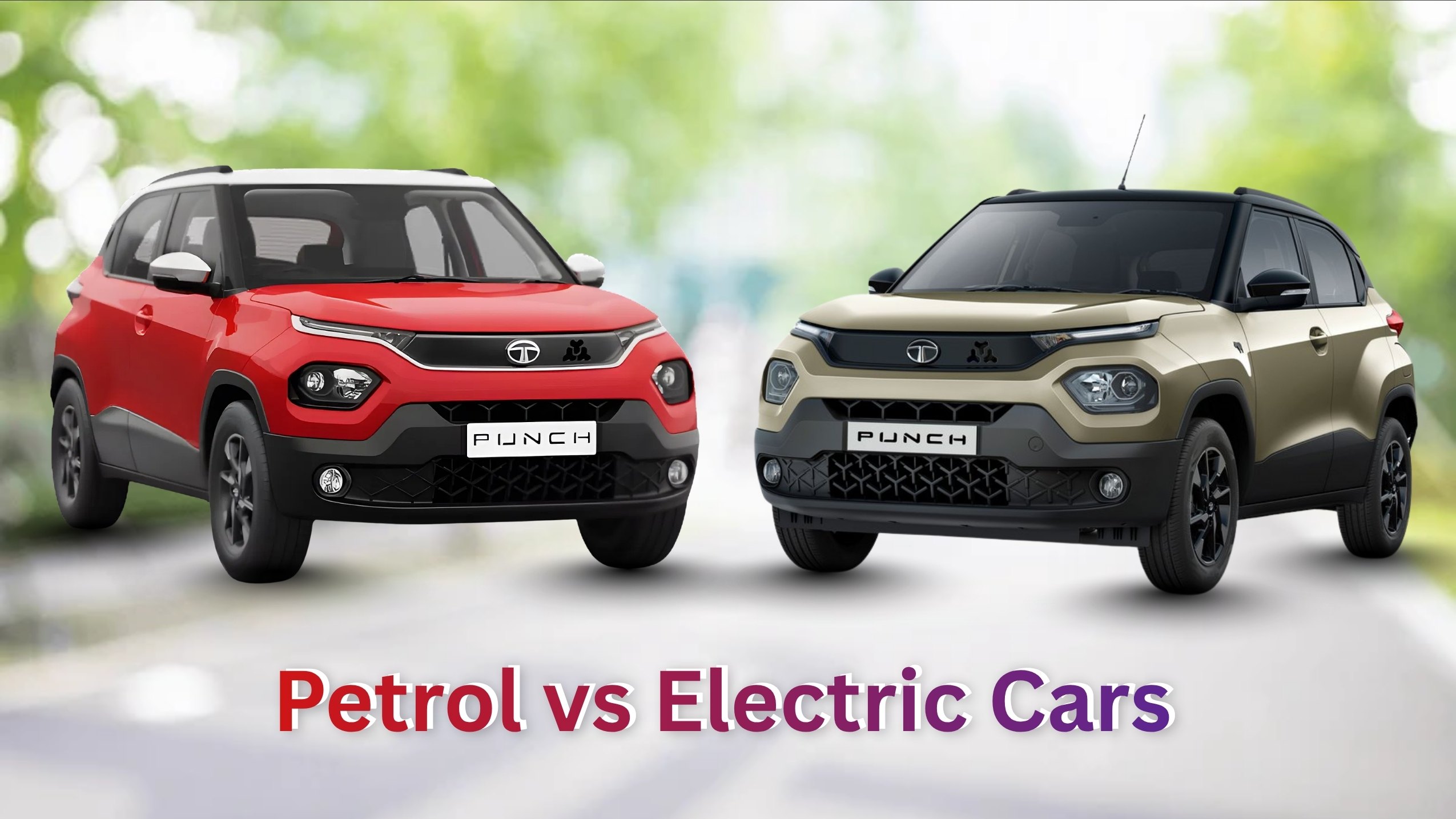NITI Aayog’s Aggressive EV Adoption Blueprint: Accelerating India’s Green Mobility Transition
- Electric-Cars
- 11 Aug, 2025
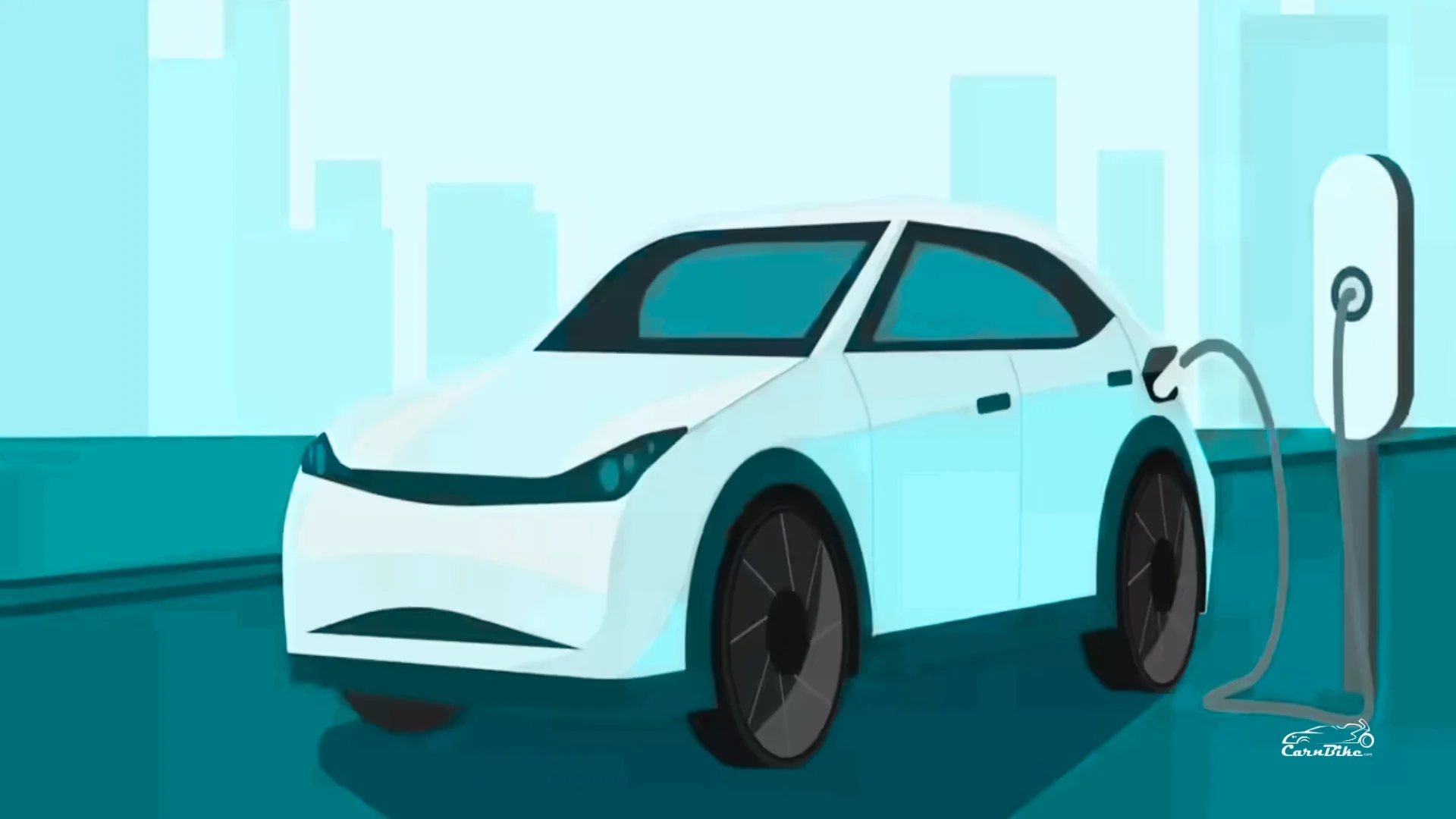
[New Delhi, August 2025] – In a significant push towards sustainable transportation, NITI Aayog has unveiled an Aggressive EV Adoption Blueprint aimed at transforming India’s automotive landscape. The plan sets ambitious targets to ensure that electric vehicles (EVs) make up a substantial share of new vehicle sales by 2030.
The blueprint comes in response to India’s climate commitments and the rising demand for clean, efficient mobility solutions. With the transport sector contributing nearly 13% of India’s carbon emissions, the government sees EV adoption as a critical step toward achieving net-zero goals.
Key Targets and Roadmap
The Aggressive EV Adoption Blueprint lays out a detailed roadmap with clear milestones:
- 80% electrification of two- and three-wheelers by 2030.
- 70% penetration in commercial vehicles.
- 40% adoption in private passenger vehicles.
- 100% transition of city bus fleets to electric.
To support these goals, NITI Aayog proposes a massive expansion of charging infrastructure, battery manufacturing capabilities, and renewable energy integration.
Policy Support and Incentives
The blueprint suggests strengthening the FAME (Faster Adoption and Manufacturing of Electric Vehicles) scheme with higher subsidies, tax exemptions, and low-interest financing for EV buyers. It also recommends state-level policy alignment, ensuring uniform benefits across regions.
Additionally, the plan highlights battery swapping policies, recycling standards, and domestic cell production to reduce reliance on imports.
Collaboration with Industry
NITI Aayog plans to work closely with automobile manufacturers, energy providers, and tech startups to accelerate innovation. Public-private partnerships will play a central role in building a robust EV ecosystem that includes fast-charging stations, smart grid integration, and digital payment solutions.
Speaking at the launch, a senior NITI Aayog official said:
“Our aggressive blueprint is not just a policy document; it is a mission to redefine India’s mobility future. We aim to make EVs the preferred choice for every Indian consumer.”
Why Choose NITI Aayog’s Aggressive EV Adoption Blueprint?
- Clear Vision – Defined targets for each vehicle segment by 2030.
- Strong Policy Support – Financial incentives and subsidies for buyers and manufacturers.
- Infrastructure Focus – Nationwide charging and battery swapping network.
- Environmental Impact – Reduced carbon emissions and improved air quality.
Conclusion
NITI Aayog’s Aggressive EV Adoption Blueprint is a bold and strategic step towards a cleaner, greener, and more energy-secure India. By setting high adoption targets and providing a supportive policy framework, the plan aims to position India as a global leader in electric mobility. If implemented effectively, it could transform urban transportation, reduce pollution, and create a thriving green economy.
FAQs
Q1: What is the main goal of NITI Aayog’s EV blueprint?
A: To significantly increase EV adoption across all vehicle categories by 2030.
Q2: How will consumers benefit from the plan?
A: Through subsidies, lower running costs, and improved charging infrastructure.
Q3: Does the blueprint support battery swapping?
A: Yes, it includes policies to promote battery swapping and recycling.
Q4: Will this impact fuel-based vehicle sales?
A: Gradually, as EV adoption increases, traditional ICE vehicle sales are expected to decline.
Latest Electric Car News
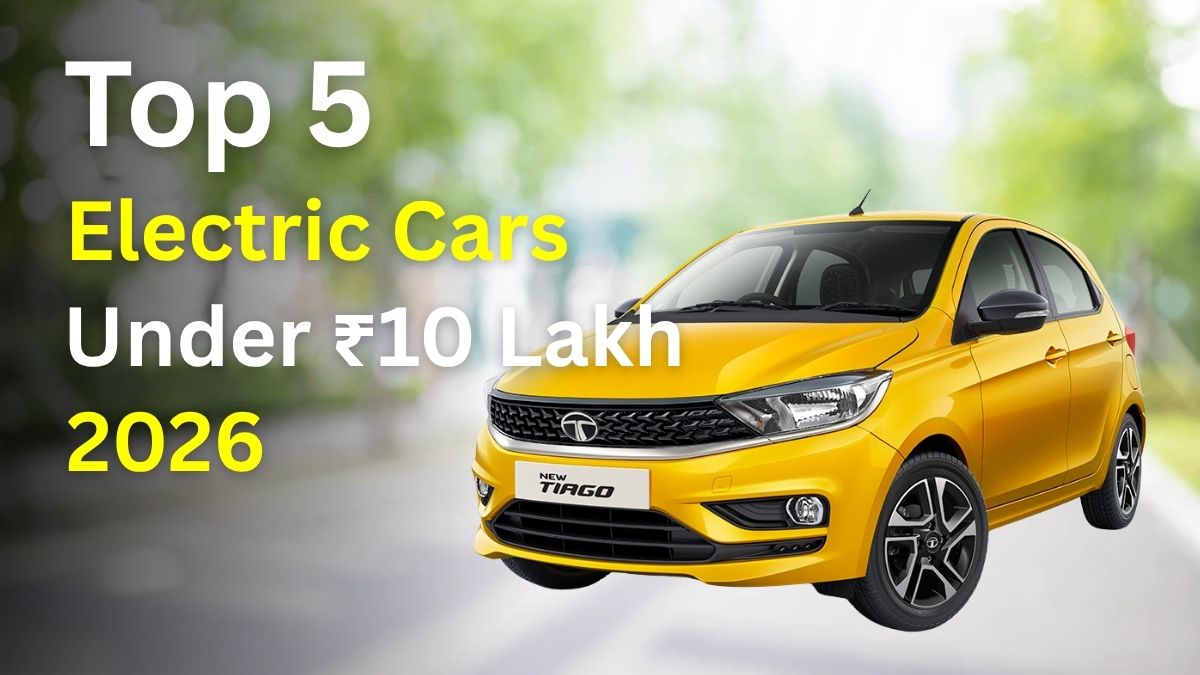

Hero MotoCorp’s Urban Micro-EV ‘Novus NEX 3’ Poised for India Launch Under Vida Brand
Hero MotoCorp’s Urban Micro-EV ‘Novus NEX 3’ Poised for India Launch Under Vida Brand
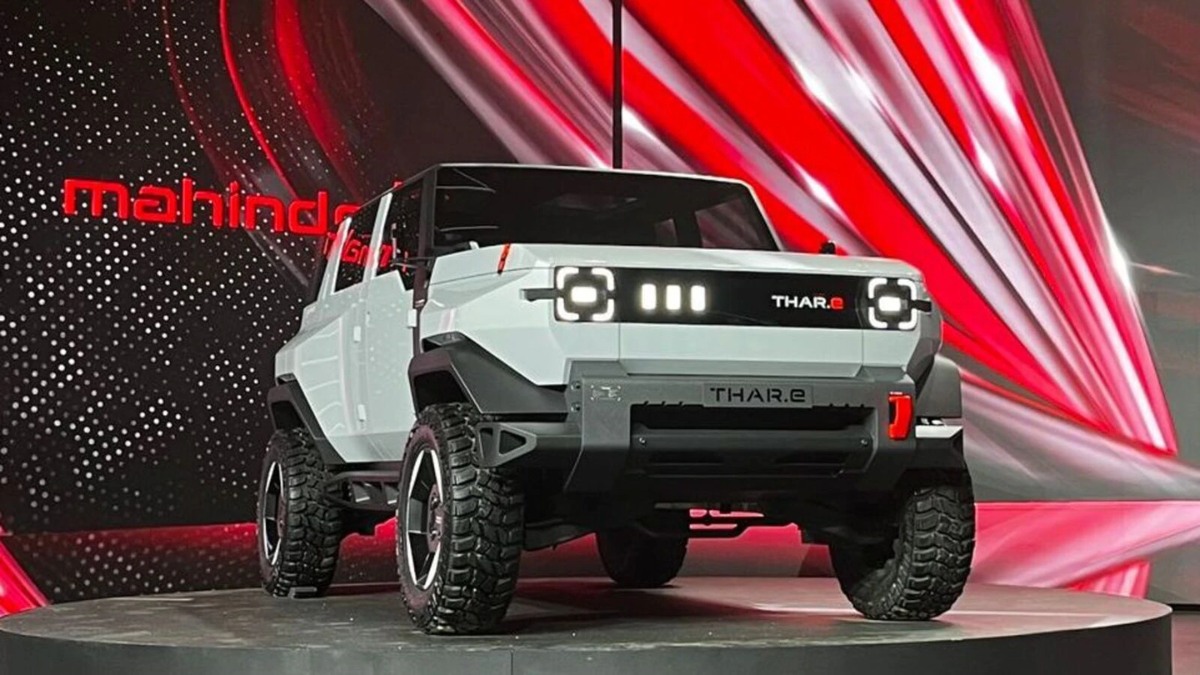
Mahindra Thar Electric India Launch – New Spy Shots Leak
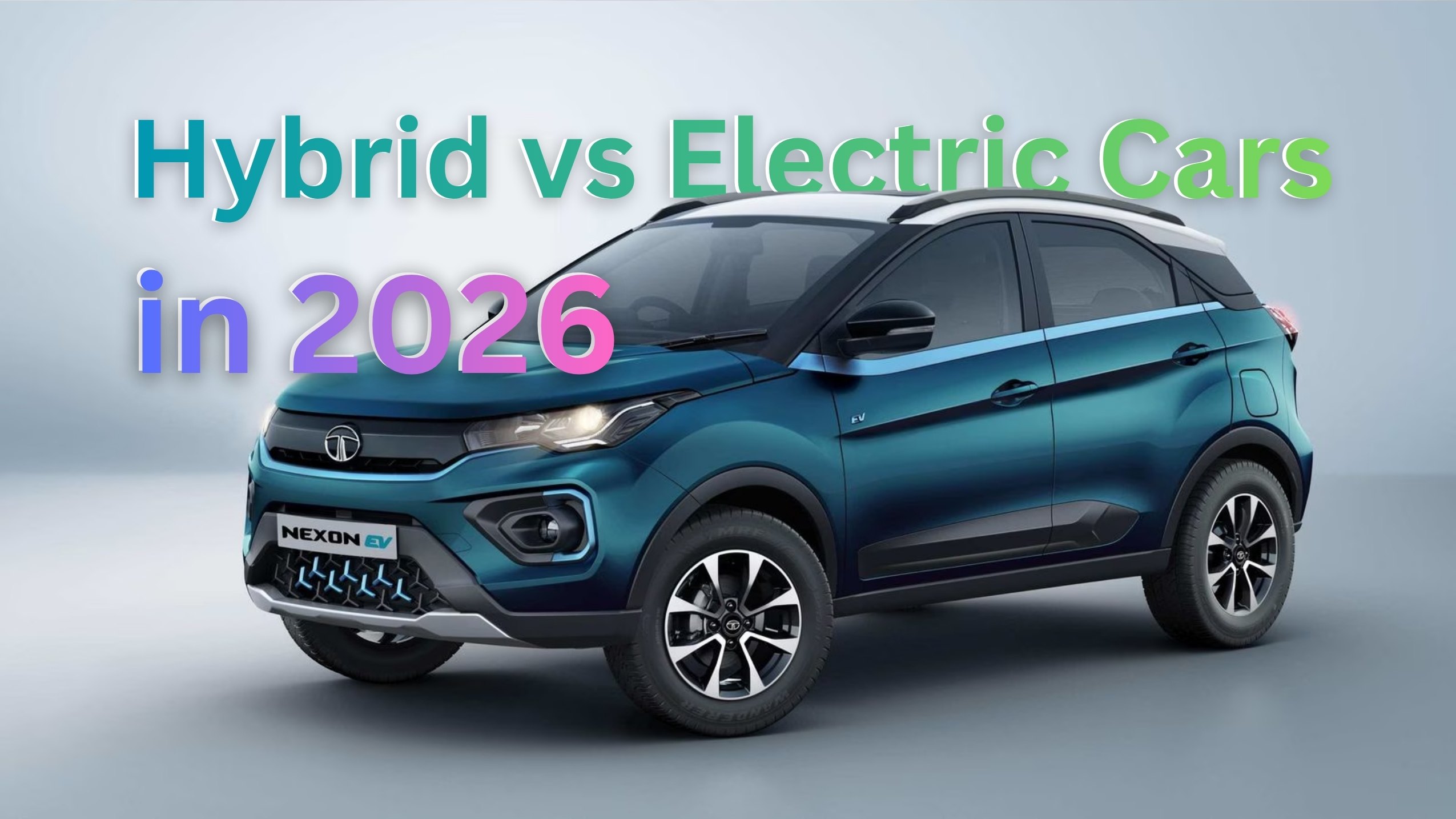
Hybrid vs Electric Cars in 2026 — Which Technology Wins for Indian Buyers?
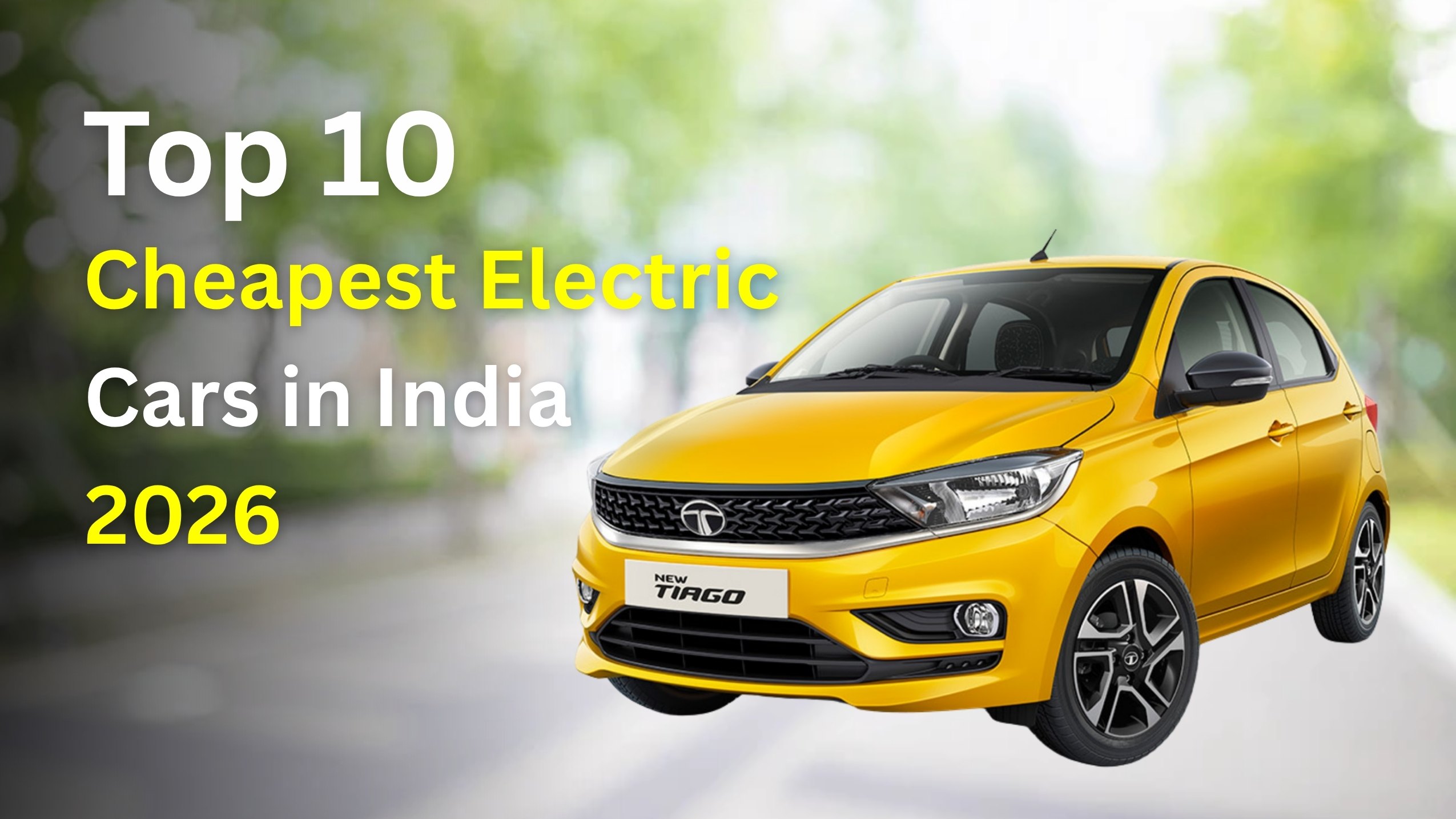
Top 10 Cheapest Electric Cars in India 2026 — Best EVs Under ₹10 Lakh!
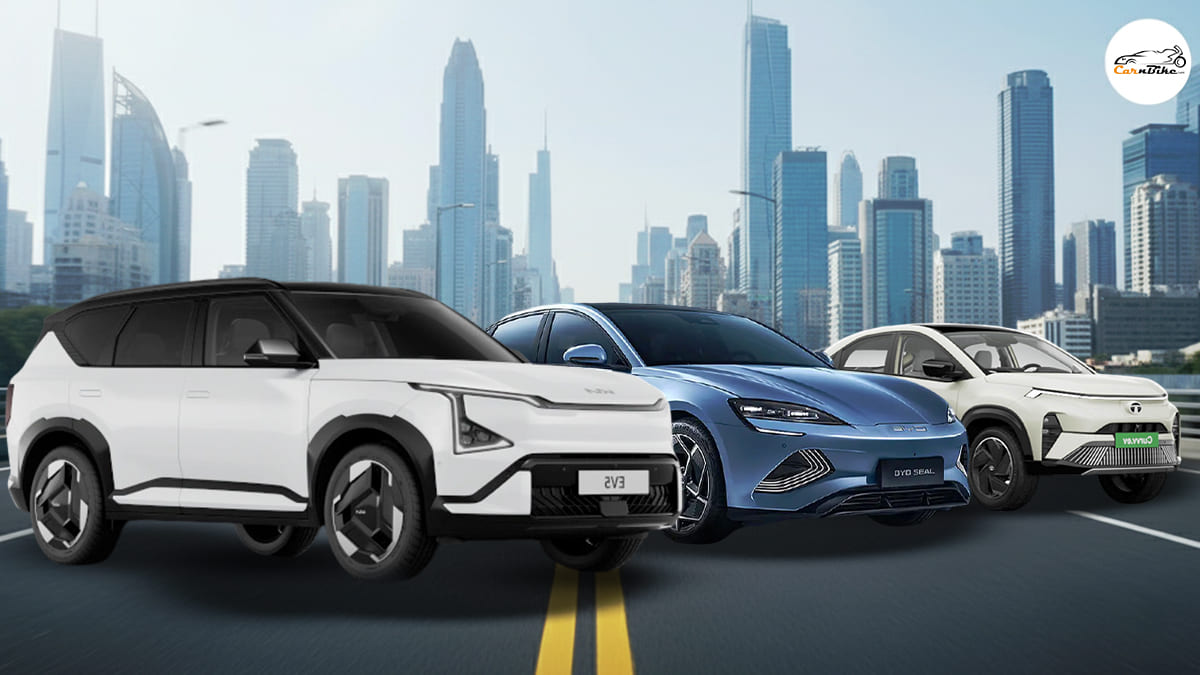
Top Electric Cars That Will Dominate Indian Roads in 2026
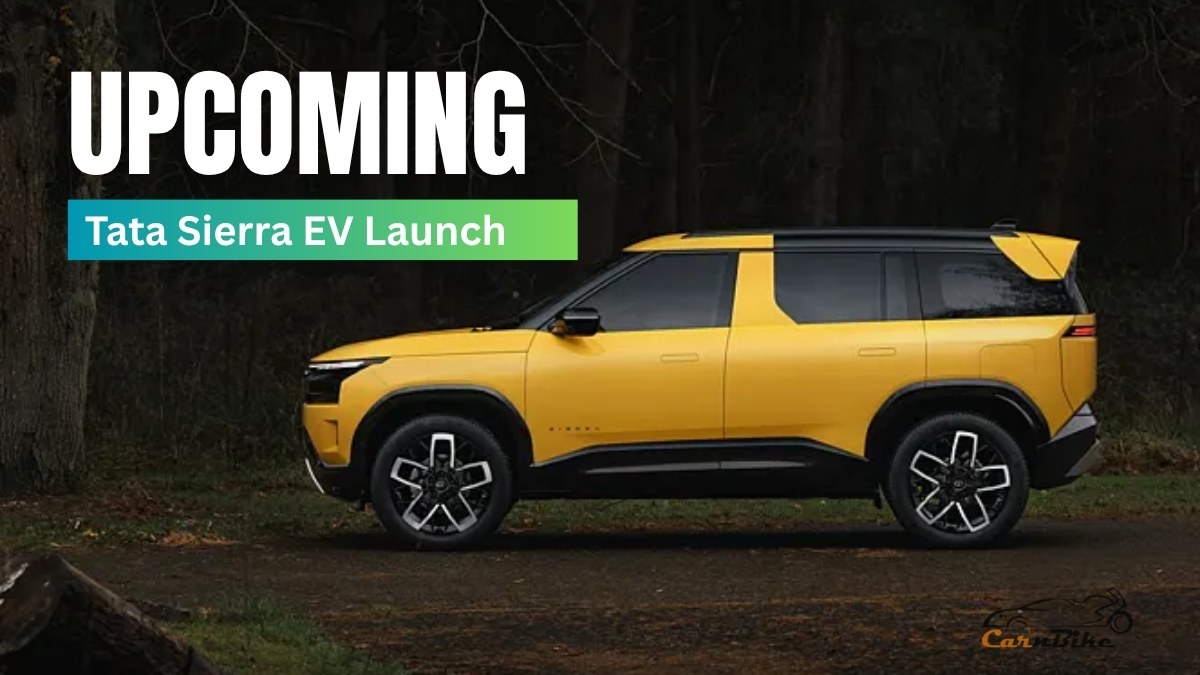
Tata Sierra EV Launch Timeline and Expected Pricing
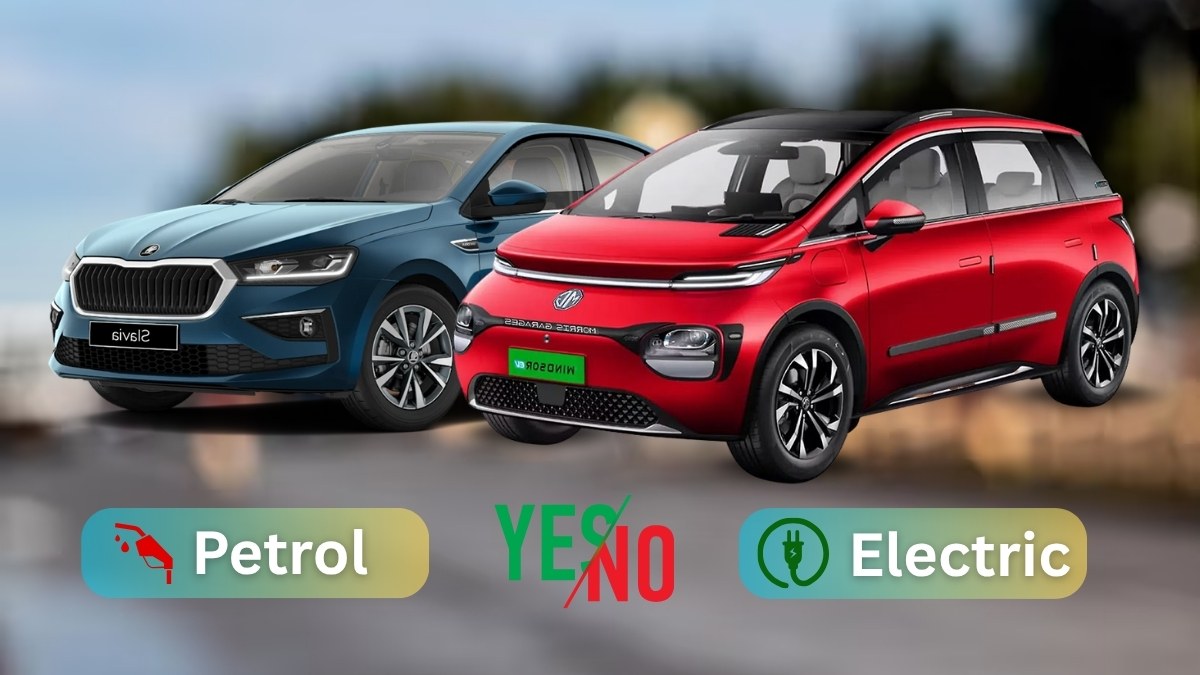
Electric Cars Are Booming — But Should You Still Buy Petrol in 2026?
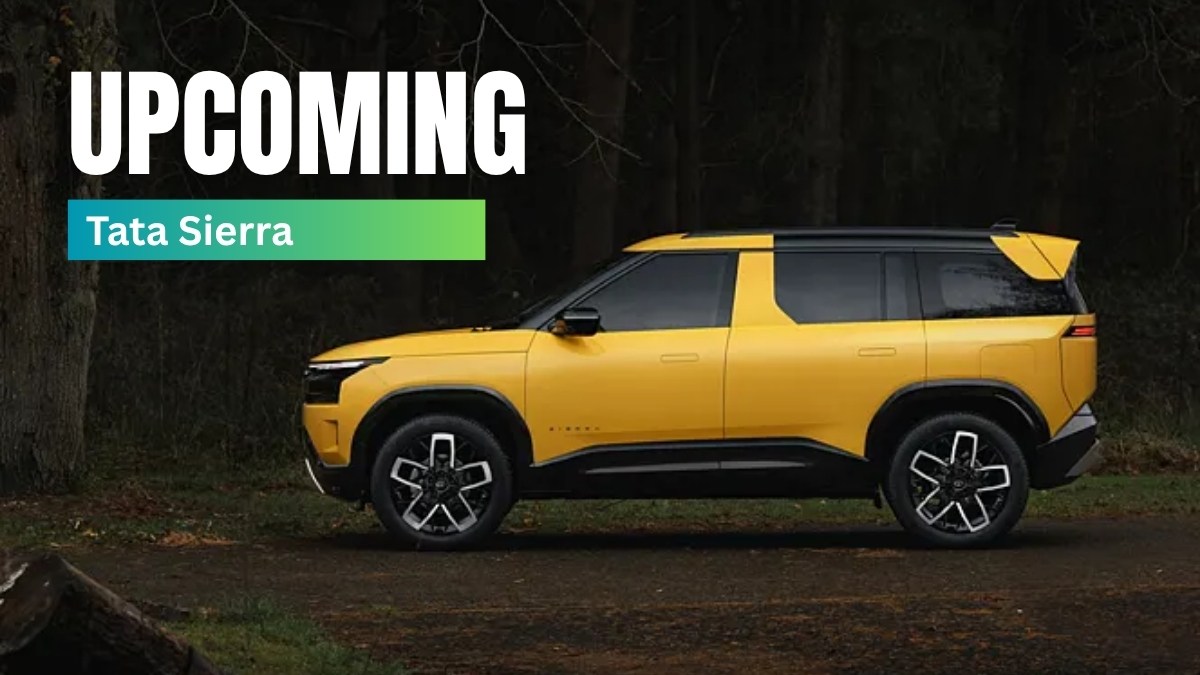
The Much-Anticipated Tata Sierra Is Back: Launching Late 2025 With ICE & EV Versions
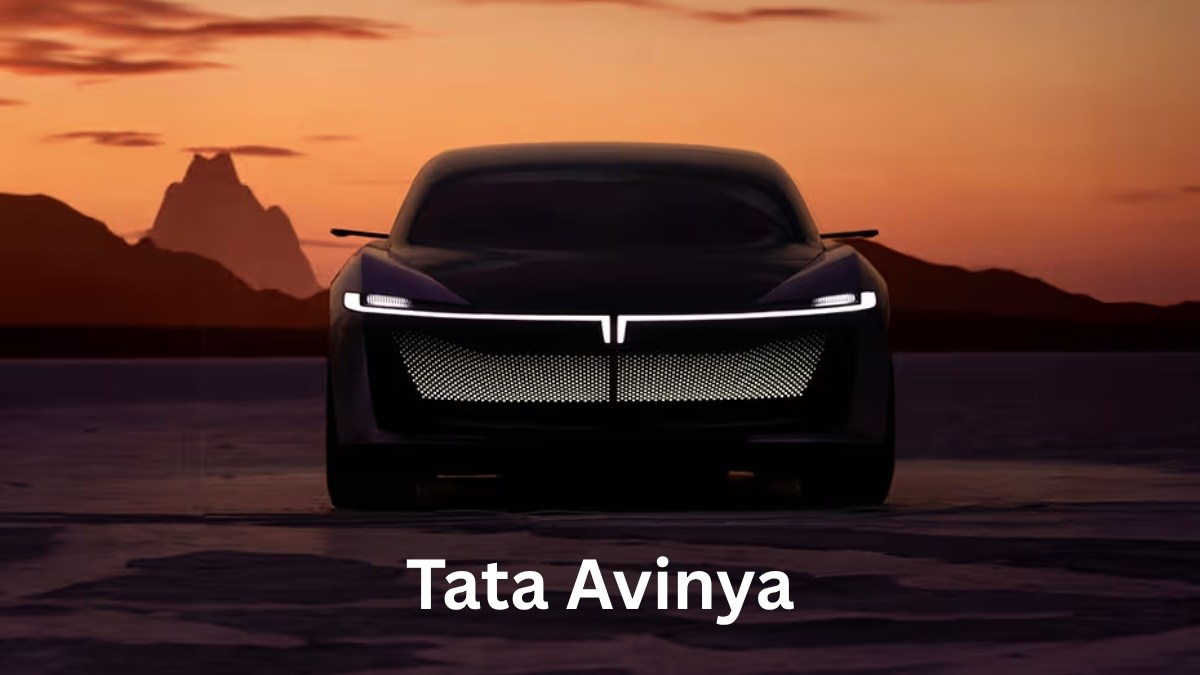
Delay in the Premium EV Launch: Tata Avinya Gets Pushed Back — What That Means for Tata’s EV Ambitions
